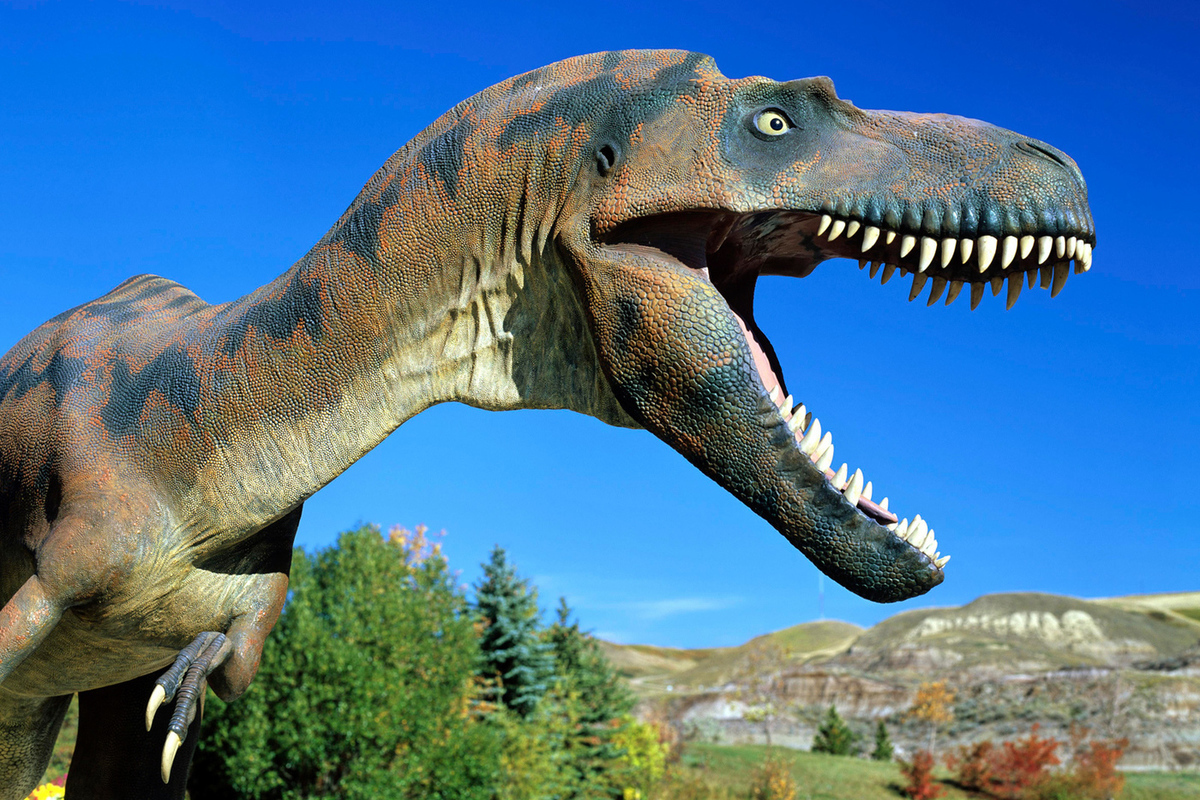Dust from asteroid collision identified as cause of dinosaur extinction: “Sneaky Killer”
[ad_1]

Scientists say dust led to the extinction of dinosaurs after an asteroid collision. Researchers conducted simulations to study the “killing mechanisms” that wiped out 75% of prehistoric reptile species.
The mystery of the death of dinosaurs seems to have been solved – dust was the culprit for their extinction. At least, this is the conclusion of a computer simulation of the consequences of an asteroid collision that changed life on Earth 66 million years ago, writes The Guardian.
The catastrophic impact at the ancient Chicxulub crater on Mexico’s Yucatan Peninsula wiped out 75% of species on Earth, including flightless dinosaurs. But the exact nature of the fatal blow has baffled scientists for decades, with soot-spewing forest fires, volcanic eruptions and massive amounts of sulfur believed to be the culprits.
In a paper published in the journal Nature Geoscience, researchers from Belgium argue that the “precise destruction mechanisms” set in motion by the impact remain poorly understood and that too little attention has been paid to the role of the potentially trillions of tons of dust kicked up by the violent event.
Circulating in the atmosphere for years, soot, sulfur and dust can block the sun and contribute to a global winter where vegetation dies, with devastating consequences for the animals it supports.
To further understand the role of various factors, the scientists conducted ancient climate simulations that included measurements of fine particles recovered from a site in North Dakota where a layer of dust from the Chicxulub impact settled.
Dust as large as the one found in Dakota could remain in the atmosphere for up to 15 years after being released into the sky, according to modeling. By blocking the sun’s rays, up to 2,000 billion tons of this substance could stop photosynthesis for almost two years and cool the planet by up to 15 degrees Celsius.
Dust generated from crushed granite and other rocks at the impact site “most likely led to the last mass extinction due to disruption of photosynthetic activity,” says Jem Berk Senel, a researcher at the Royal Observatory of Belgium in Brussels.
The silicate dust produced by the simulations turned out to be “the most effective photosynthesis blocker,” adds Philippe Claeys, a geologist and planetary scientist at the Free University of Brussels and co-author of the study. “This makes the atmosphere opaque to sunlight, preventing plants from photosynthesizing.”
According to computer models, it would take two years for photosynthesis to resume.
Steve Brusatte, professor of paleontology and evolution at the University of Edinburgh, who was not involved in the study, described the dinosaur-killing asteroid as “apocalyptic.”
He said: “It was the largest asteroid to hit Earth in the last half a billion years, and it exploded with the force of more than a billion nuclear bombs combined. But that’s not what actually killed the dinosaurs and 75% of other extinct species. What really led to their demise was what happened afterwards, when dust and soot from the asteroid impact entered the atmosphere and blotted out the sun. For several years the Earth plunged into darkness and cold. The asteroid didn’t kill all the dinosaurs in one go, but it was a more stealthy killer that triggered a war of attrition that killed three out of every four species.”
[ad_2]
Source link








